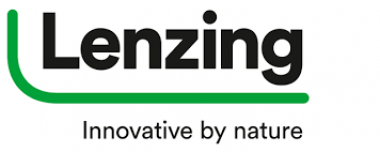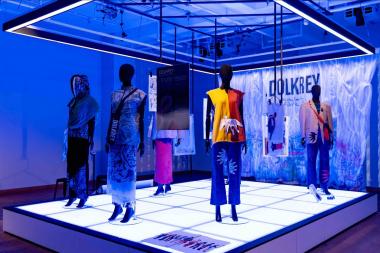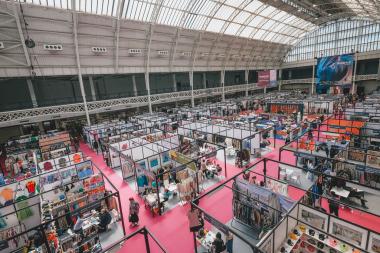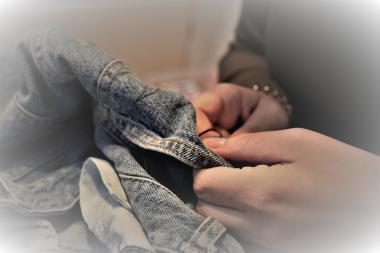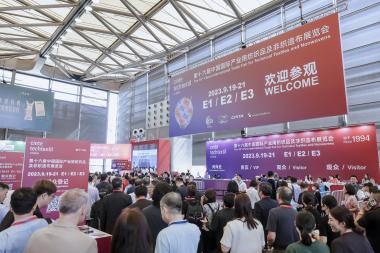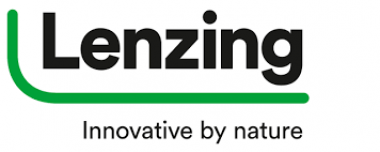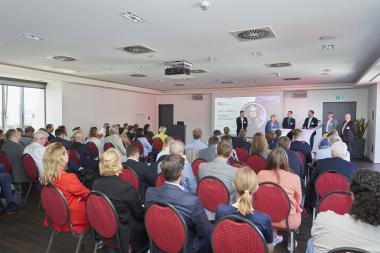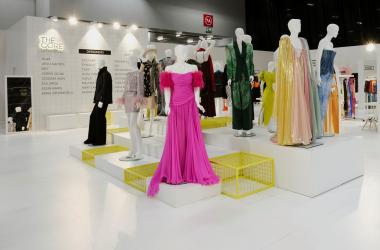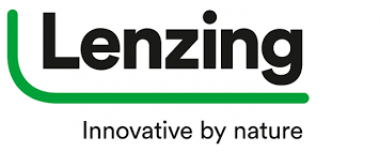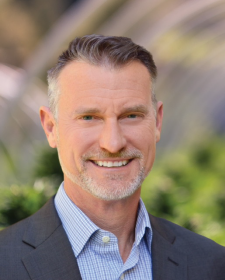adidas Originals and Wales Bonner present Fall/Winter 2023
adidas Originals and Wales Bonner continue their collaborative partnership with the Fall/Winter 2023 collection.
Off-pitch styles include an elevated knit set in mahogany brown alongside football shorts in a sand colored nylon with the iconic Three Stripes contrast. Swapping creative sources of inspiration from the 70s to the 90s, key pieces are rendered in a lightweight nylon fabrication, including a pale sky tracksuit with reflective piping and a black nylon top with a contrasting vivid green knit collar. All pieces are available in unisex sizing.
Marking a departure from previous seasons, the campaign visuals swap evocative landscapes for a more refined, studio setting. Decidedly new, yet still grounded in the adidas Originals by Wales Bonner lexicon, the visuals capture a mix of models and street cast figures, as well as skateboarder Na-Kel Smith, against minimal backdrops. Accompanying the campaign images are a set of short interviews and moving vignettes, with the cast answering interview questions hosted by playwright, actor, and philanthropist, Jeremy O. Harris.
adidas AG





